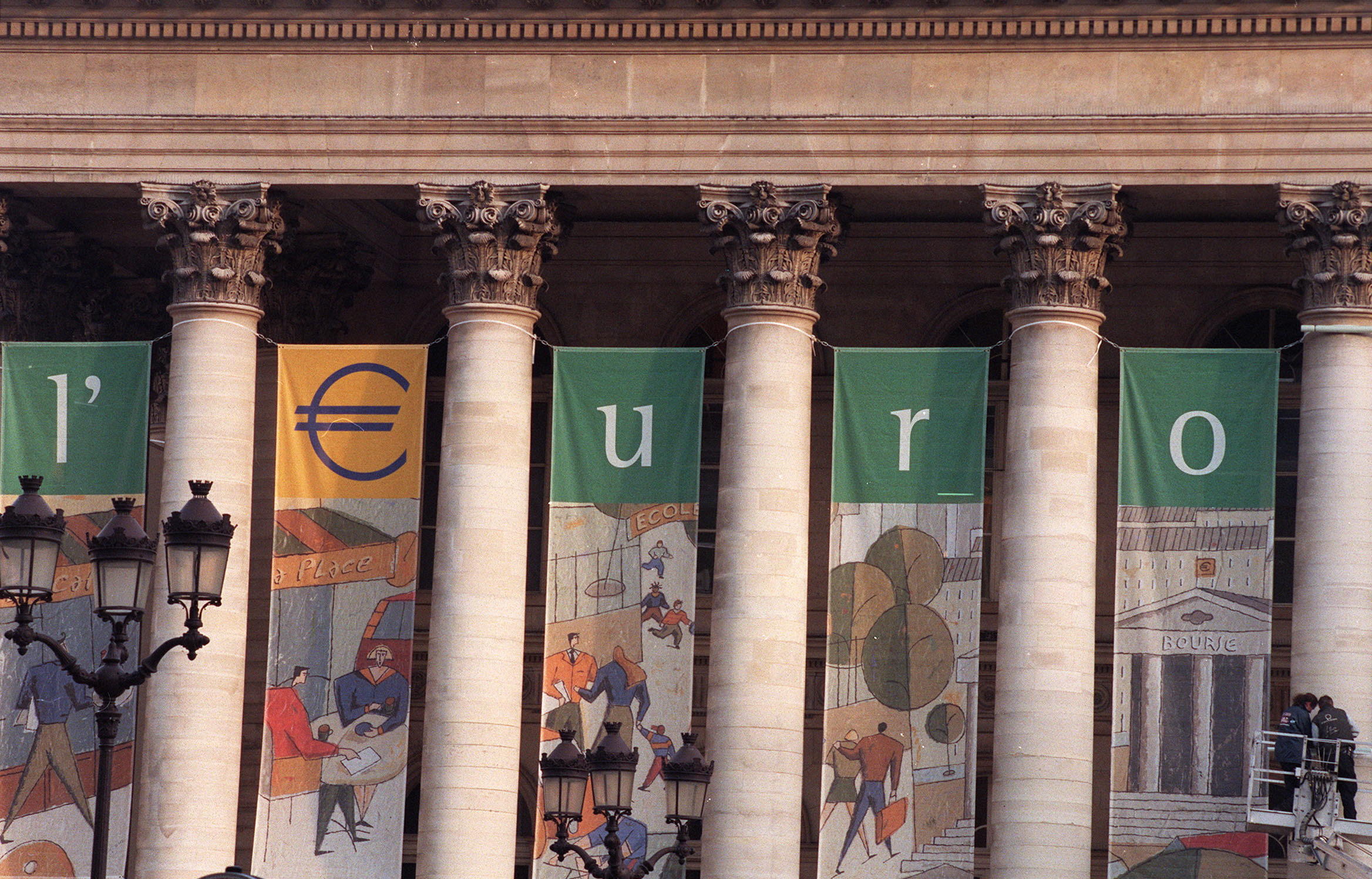25 years of the euro, but work remains to be done to achieve its founders' ideals

On 1 January 1999 the euro became a reality in digital form, with banknotes and coins coming into existence three years later. The outcome has been mixed.
Jacques Delors, the former European Commission president and one of the founding fathers of the euro, died on Wednesday at the age of 98. The introduction of the euro was probably the biggest success of his presidency.
Many thought the economic differences between EU member states were too wide to be able to form a sustainable monetary union. In fact, the number of countries adopting the euro went from nine in 1999 to 20 today, with several more candidates at the door.
If the main role of a central bank is to contain inflation, then the euro can claim significant success. De Tijd calculated that the average inflation since 1999 in the eurozone is 2.1 per cent, precisely on target, despite the recent energy crisis. Another strength lies in the advantage of using a single currency between companies when exporting and trading.
The euro has been less successful in stimulating economic growth. There has been growth in the eurozone, but the percentage was lower than in other Western economies. Some experts say this is due to rules on deficit and debt that push governments towards austerity.
Where the euro failed is in becoming an international currency. The US dollar remains far more important in world trade and the world economy than the euro.
To make the euro a bigger success, the eurozone has to integrate more, experts say, especially in the monetary and financial fields.
© PHOTO BELGA/AFP